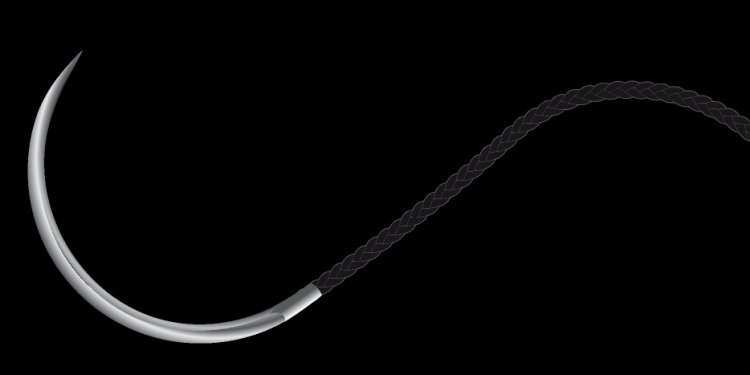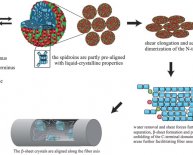May 26, 2018

Characteristics of silk
 Properties of silk fabrics are discussed below:
Properties of silk fabrics are discussed below:
- Composition: The silk fibre is chiefly composed of 80% of fibroin, which is protein in nature and 20% of sericin, which is otherwise called as silk gum.
- Strength: Silk as a fibre, has good tensile strength, which allows it to withstand great pulling pressure. Silk is the strongest natural fibre and has moderate abrasion resistance. The strength of the thrown yarns is mainly due to the continuous length of the fibre. Spun silk yarn though strong is weaker than thrown silk filament yarns.
- Elasticity: Silk fibre is an elastic fibre and may be stretched from 1/7 to 1/5 of its original length before breaking. It tends to return to its original size but gradually loses little of its elasticity. This would mean that the fabric would be less sagging and less binding resulting in the wearers comfort.
- Resilience: Silk fabrics retain their shape and have moderate resistance to wrinkling. Fabrics that are made from short – staple spun silk have less resilience.
- Drapability: Silk has a liability and suppleness that, aided by its elasticity and resilience, gives it excellent drapability.
- Heat Conductivity: Silk is a protein fibre and is a non-conductor of heat similar to that of wool. This makes silk suitable for winter apparel.
- Absorbency: Silk fabrics being protein in nature have good absorbency. The absorptive capacity of the silk fabric makes comfortable apparel even for warmer atmosphere. Fabrics made from silk are comfortable in the summer and warm in the winter. Silk fibre can generally absorb about 11 percent of its weight in moisture, but the range varies from 10 percent to as much as 30 percent. This property is also a major factor in silk’s ability to be printed and dyed easily.
- Cleanliness and Washability: Silk fabric does not attract dirt because of its smooth surface. The dirt, which gathers can be easily removed by washing or dry cleaning. It is often recommended for the silk garments to be dry-cleaned. Silk fabrics should always be washed with a mild soap and strong agitation in washing machine should be avoided. Silk water – spot easily, but subsequent washing or dry cleaning will restore the appearance of the fabric.
- Reaction to Bleaches: Silk, like wool, is deteriorated with chlorine bleaches like sodium hypochlorite. However, mild bleach of hydrogen peroxide or sodium per borate may be used for silk.
- Shrinkage: Silk fabrics are subjected only to normal shrinkage which can be restored by ironing. Crepe effect fabrics shrink considerably in washing, but careful ironing with a moderately hot iron will restore the fabric to its original size.
- Effect of Heat: Silk is sensitive to heat and begins to decompose at 330° F (165° C). The silk fabrics thus have to be ironed when damp.
- Effect of Light: Silk fabric weakens on exposure to sun light. Raw silks are more resistant to light than degummed silk.
- Resistance to Mildew: Silks will not mildew unless left for sometime in a damp state or under the extreme conditions of tropical dampness.
- Resistance to Insects: Silk may be attacked by the larvae or clothe moths or carpet beetles.
- Reaction to Alkalis: Silk is not as sensitive as wool to alkalis, but it can be damaged if the concentration and the temperature are high. A mild soap or detergent in lukewarm water is thus advisable.
- Reaction to Acids: Concentrated mineral acids will dissolve silk faster than wool. Organic acids do not harm silk.
- Affinity for Dyes: Silk has good absorbency and thus has good affinity for dyes. Dyed silk is colourfast under most conditions, but its resistance to light is unsatisfactory.
- Resistance to Perspiration: Perspiration and sunlight weakens and yellows silk fabrics. The silk itself deteriorates and the colour is affected causing staining. Garments worn next to the skin should be washed or other wise cleaned after each wearing.

















